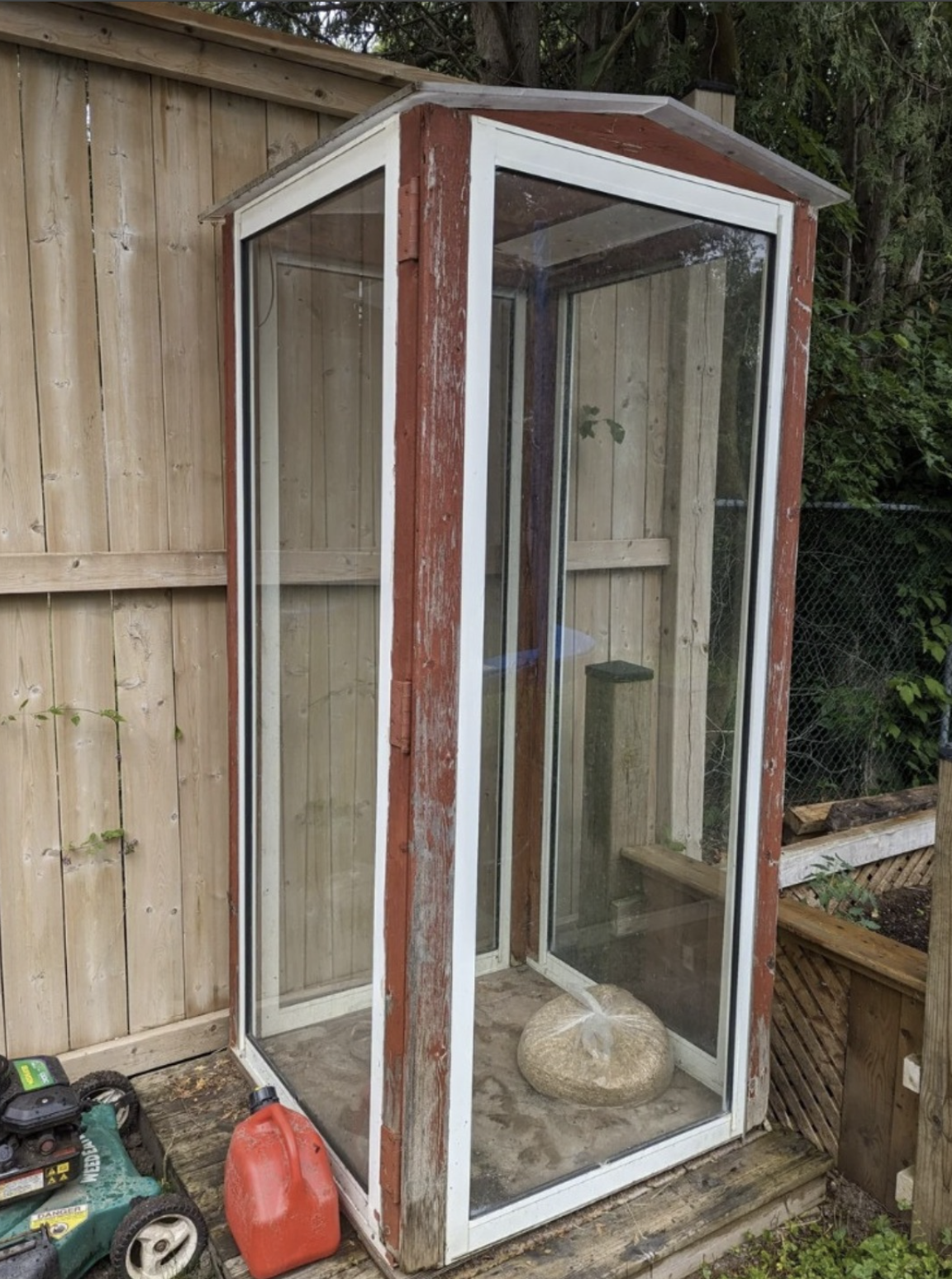What Exactly Is a Mushroom Fruiting House?
A mushroom fruiting house (or mushroom bed enclosure) is a small, semi-humid structure designed to encourage mushrooms to grow in controlled conditions — often in compost, straw, or wood chips.
Unlike traditional greenhouses, it doesn’t need full sun.
It doesn’t chase heat.
Instead, it craves shade, moisture, and still air — the kind of environment most plants avoid.
And unlike high-maintenance crops, mushrooms don’t ask for much:
A damp log
A dark corner
Some time
They’re quiet growers.
Patient ones.
And they teach us to be the same.
🌿 Why We All Need One Again
Gone are the days when every backyard had a little wooden hut filled with foggy glass and soft caps emerging overnight.
So what happened?
Life got faster.
Backyards became patios.
Gardens turned into takeout zones.
But now, as people seek slower living , homegrown food , and connection to the earth , the mushroom fruiting house is being rediscovered — not just by retirees or fungi fanatics…
But by parents teaching kids about growth.
By urbanites reclaiming tiny corners of green.
By chefs wanting fresher flavors.
By eco-conscious gardeners reducing waste through compost reuse.
In short:
The mushroom house isn’t just a relic of the past.
It’s a symbol of the future we’re trying to build.
One that smells like rain, looks like magic, and grows quietly while the world rushes by.
🧱 How to Build Your Own Mushroom Fruiting House (Even in a Small Yard)
You don’t need a mansion-sized garden or a carpentry degree.
All you really need is a few recycled materials and a bit of curiosity.
What You’ll Need:
Old windows or glass panels
Create humidity and light control
Wood scraps or pallets
Frame and support
Compost or straw
Growing medium for mushrooms
Shady, cool spot in your yard
Mushrooms hate direct sun
Build a simple box-like structure, add ventilation holes, and line the inside with damp straw or logs inoculated with mushroom spawn.
Then close the door…
And wait.
🧪 The Magic of Mushroom Growing – Slow, Satisfying, and Surprisingly Easy
Mushrooms aren’t like tomatoes or peppers — they don’t demand attention daily.
They thrive in silence.
They bloom in damp corners.
They remind us that not all growth is loud or fast.
Some of the easiest mushrooms to grow at home include:
Oyster mushrooms – great for beginners
Shiitake – grow well on hardwood logs
Button or Portobello – prefer compost beds
Lion’s Mane – fun, fuzzy, and brain-shaped
And once you see your first cluster of caps emerge from nowhere?
You’ll get it.
You’ll understand why we used to build these houses.
Why we watched them like treasure chests.
Why even watering them felt like a ritual.
🌱 Why Mushrooms Are the Ultimate Garden Secret Weapon
Low maintenance
Once established, they mostly take care of themselves
Great for compost
Break down organic matter naturally
Space-saving
Grow vertically, in logs, or under sheds
Perfect for kids
Teaches patience and the cycle of growth
Eco-friendly
Helps recycle fallen leaves, coffee grounds, and kitchen scraps
Plus, mushrooms grown at home just taste better — meaty, rich, and full of umami.
And if you’re feeling fancy?
Try drying them or making mushroom powder — a flavor bomb for soups and sauces.
🍳 Creative Ways to Use Homegrown Mushrooms
Once you start harvesting your own mushrooms, you’ll never look at store-bought the same way again.
Try these ideas:
Slice and sauté with garlic and butter
Add to risotto or pasta dishes
Stuff with herbs and roast gently
Dry and grind into mushroom salt or broth base
Ferment into homemade soy sauce alternative
And for kids?
Let them pick the mushrooms and cook with you — it’s an instant lesson in food-to-fork awareness .
🛠️ Tips for Building a Simple Mushroom Fruiting House
Use recycled materials
Keeps cost low and adds character
Keep it shady
Mushrooms hate direct sunlight
Mist regularly
Maintain humidity without overwatering
Line with plastic sheeting
Helps retain moisture
Monitor temperature
Ideal range is 55–70°F (13–21°C)
Also, consider adding a small bench or window ledge — it makes checking on your mushrooms feel like a secret garden visit.
🌟 Final Thoughts: Sometimes the Best Things Grow in the Shadows
We spend so much time chasing sun-drenched gardens and blooming flowers…
But some of the best things grow in the quiet places.
Where it’s cool.
Where it’s damp.
Where no one expects anything to happen.
And yet — something does.
Mushrooms pop up like secrets shared between soil and sky.
They remind us that not all food needs to be rushed or bought in plastic wrap.
Some of it can grow slowly, mysteriously, and beautifully in our own backyard.
So next time you pass a pile of discarded windows or leftover lumber…
Don’t throw it away.
Build a little house.
Fill it with damp logs.
Invite mushrooms in.
Because sometimes, the most rewarding gardens aren’t the ones that bloom.
They’re the ones that whisper.
And then surprise you with flavor.
